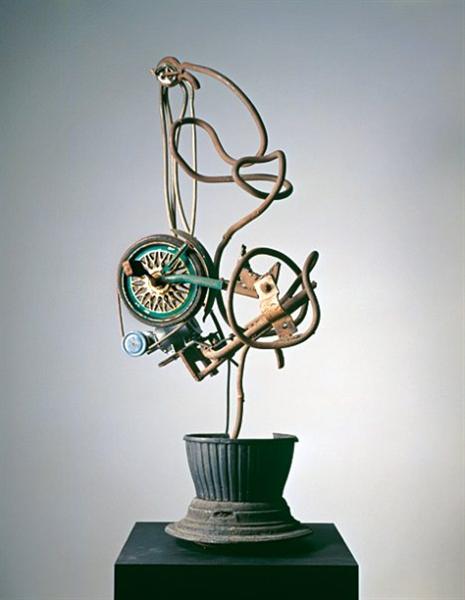Title of Artwork: “The Magic Circle”

Artwork by John William Waterhouse
Year Created 1886
Summary of The Magic Circle
A Pre-Raphaelite oil painting by John William Waterhouse, called The Magic Circle, was created in 1886. Drawing a fiery magic circle on the ground, the witch or sorceress creates a sacred space in the painting.
All About The Magic Circle
The Magic Circle was Waterhouse’s third supernatural-themed exhibit at the Royal Academy in 1886, following Consulting the Oracle and St. Eulalia. The Tate Gallery purchased the painting for £650 in the same year from the Chantrey Bequest, after it was well-received at the exhibition. The painting was a huge hit with both critics and the general public.
Waterhouse’s signature style features a solitary female figure in the centre of the canvas. Background figures can only be discerned at close quarters, making the witch the only image of significance in a hazy, unreal landscape..
By balancing her circle around herself with a triangle – her straight arm extended by the straight stick, held out at 25 degrees to her upright body – Waterhouse achieved a sense of balance in this piece. It’s clear that the witch is powerful because of her determined face, her exclusion of the ravens and frogs, and her control over the smoke pillar. It does not billow outwards or sway in the wind, instead remaining stationary. The woman’s neck is encircled by a live ouroboros.
Miranda (1916) by Waterhouse, a woman associated with magic, shares many of the same characteristics as the Magic Circle. Similar to Miranda’s attire, the witch can only be seen from the side. Instead of depicting a sorcerer’s face with a sinister scowl, Waterhouse depicted his witch’s face with a stern expression and a stoic expression.
Waterhouse’s work is full of miracles, magic, and the power of prophecy. Images like Circe Offering the Cup to Ulysees (1891, Oldham Art Gallery) and Hylas and the Nymph are examples of the idea of a woman as an enchantress (1896, Manchester City Art Gallery).
When it came to depictions of the Arab world, his inspiration came more from the work of contemporaries like J.F Lewis (1805-76) and Lawrence Alma-Tadema (1836-1912), rather than firsthand knowledge. This is a work by Waterhouse from his early career, and it displays his penchant for the exotic.
Information Citations
En.wikipedia.org, https://en.wikipedia.org/.























